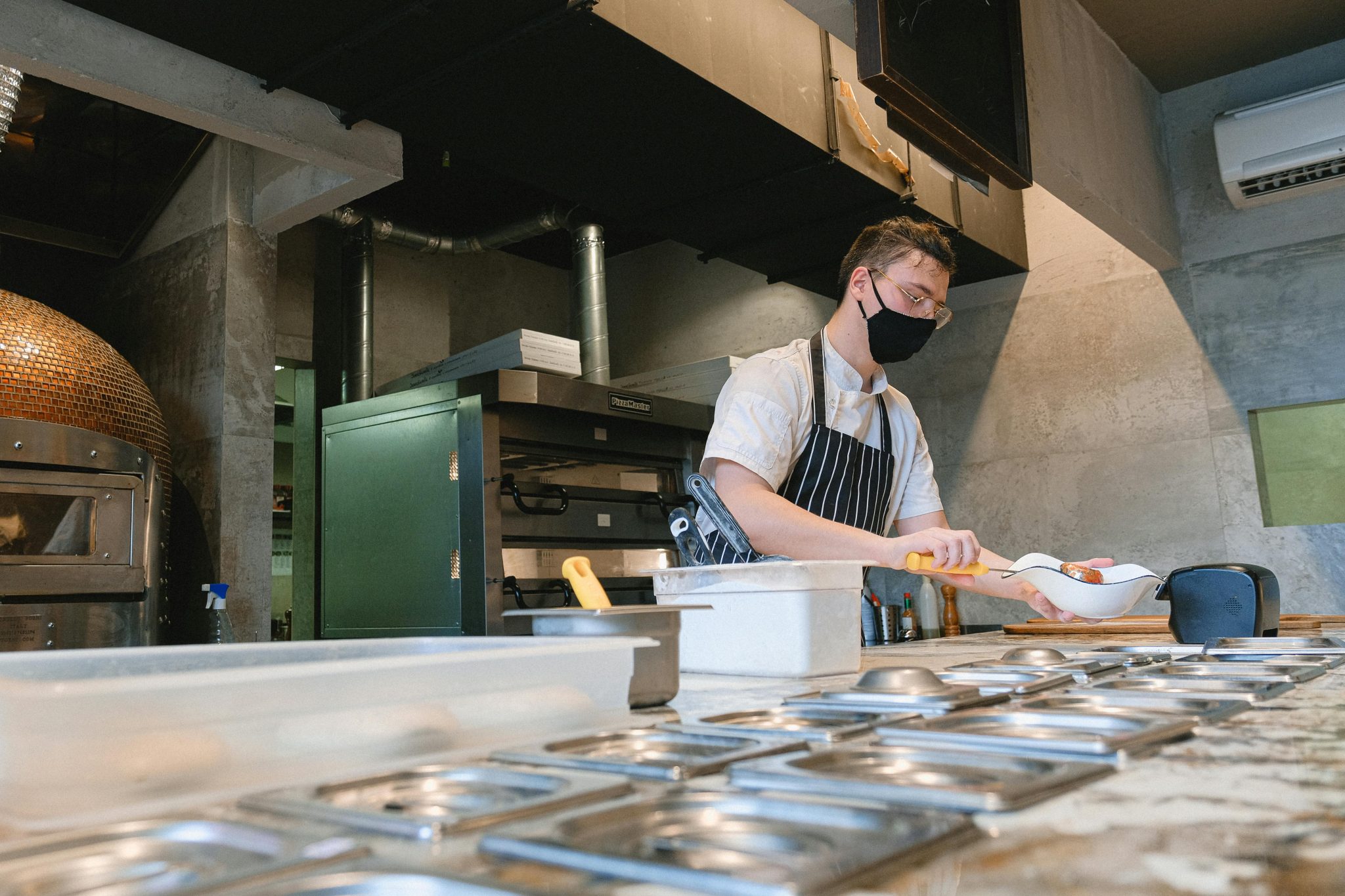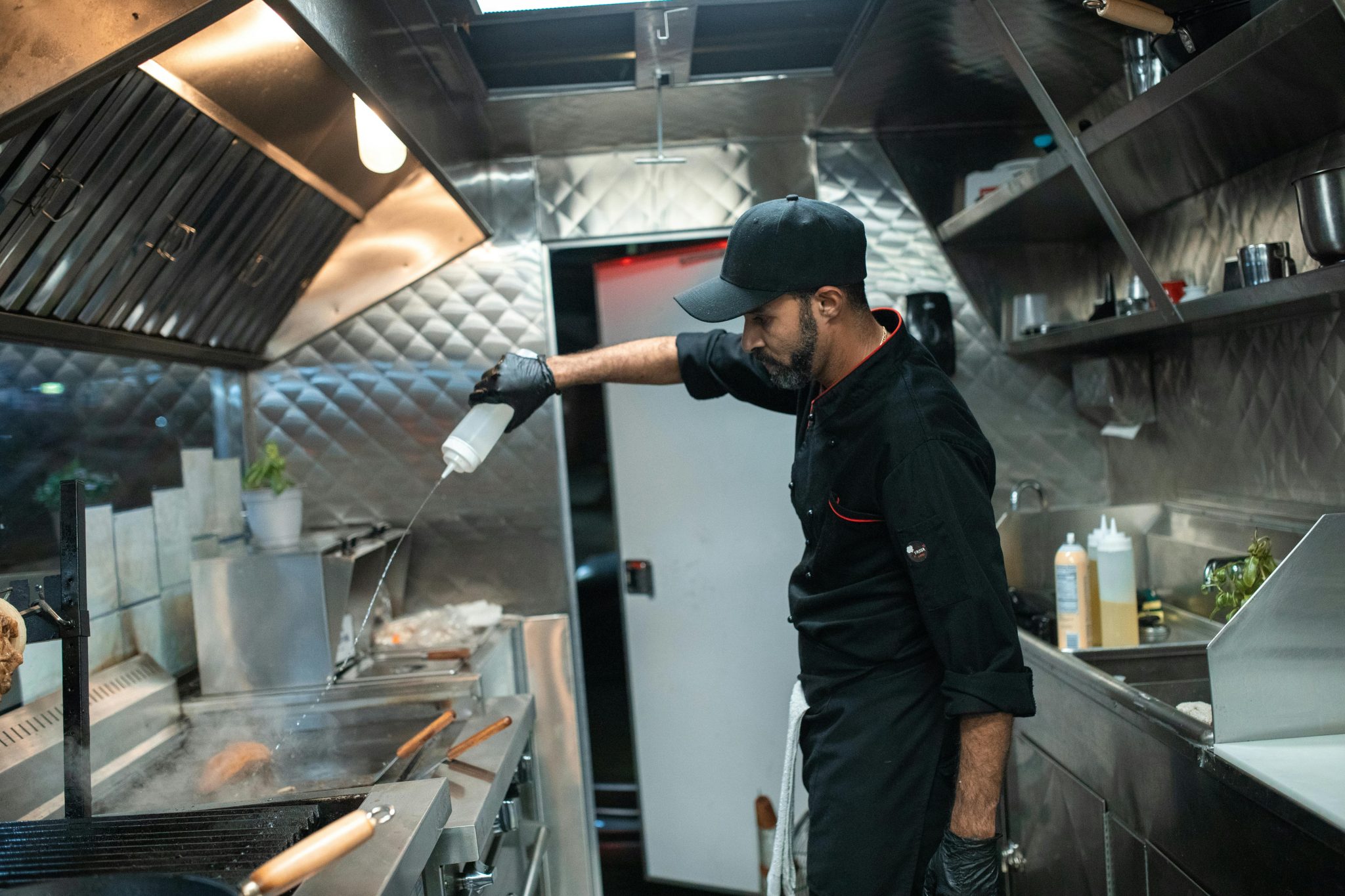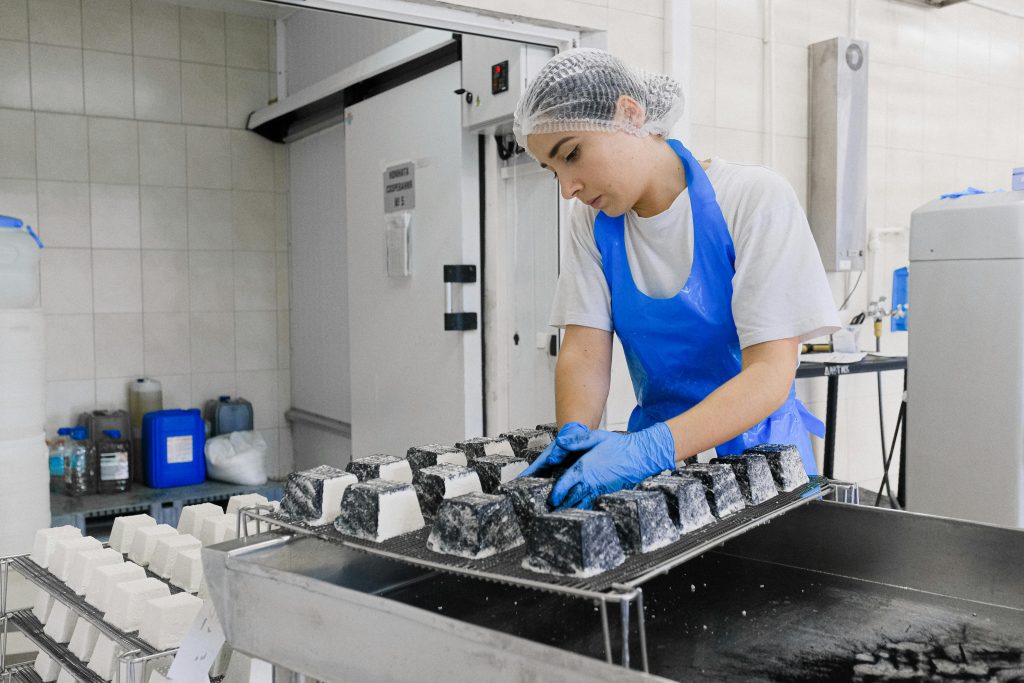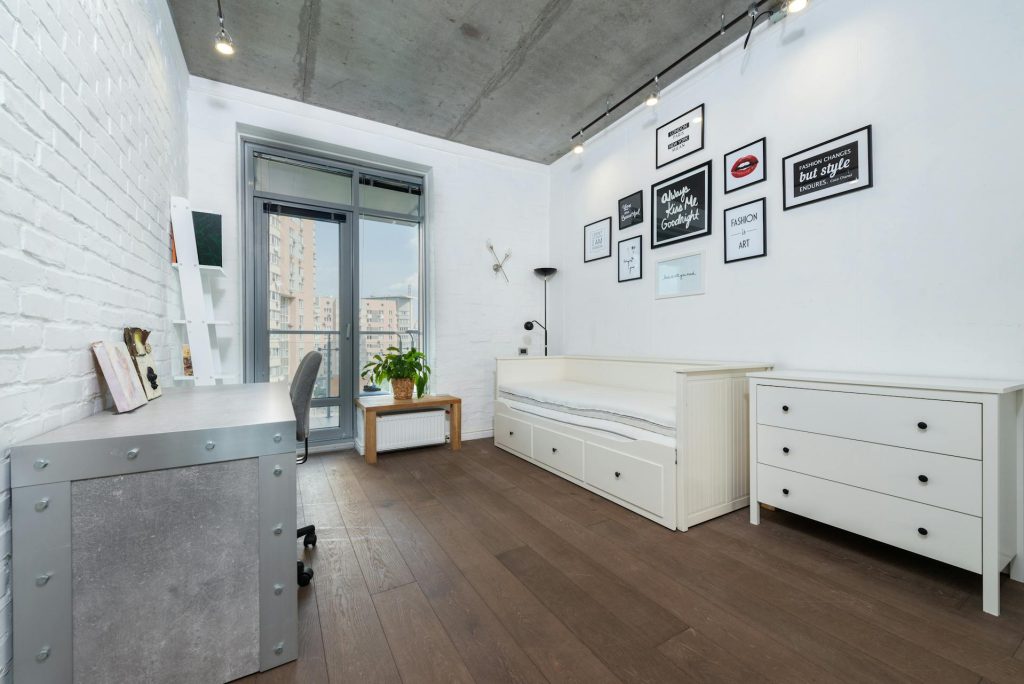Ever walked into a restaurant kitchen and felt like you’d stepped into a scene from Star Trek? The beeping, the digital displays, the equipment that seems to think for itself. That’s the reality of modern Australian hospitality, and it’s changing everything.
The truth is, smart kitchen technology isn’t just about looking fancy anymore. Restaurant owners across Australia are discovering that the right tech can actually make their bottom line sing. And honestly, when you’re dealing with razor-thin margins and staff shortages, every advantage counts.
The Real Story Behind Smart Kitchen Investment
Picture this: it’s Friday night, the dining room is packed, and your head chef just called in sick. Ten years ago, that scenario would have sent most restaurant managers into a panic. Today? Smart kitchens are keeping operations smooth even when the unexpected happens.
The thing is, Australian restaurants are facing some pretty unique challenges right now. Labour costs are climbing, energy prices keep fluctuating, and customers expect consistency every single time they visit. Smart technology is stepping in to bridge these gaps in ways that actually make financial sense.
Take temperature monitoring systems, for example. These little devices might seem like overkill, but they’re preventing food spoilage that used to cost restaurants thousands each month. One Sydney restaurateur mentioned recently that his smart monitoring system paid for itself in just six weeks by catching a freezer malfunction before it destroyed an entire week’s worth of ingredients.
Where the Magic Really Happens

The smartest restaurant operators aren’t just buying random gadgets and hoping for the best. They’re thinking strategically about their commercial catering equipment and how each piece fits into the bigger picture.
Smart ovens that can store hundreds of cooking programs? They’re not just convenient. They mean your weekend casual can cook that signature dish exactly the way your head chef does, every single time. That’s consistency customers notice and come back for.
Connected inventory systems are another game-changer. These systems track everything from how much flour you’ve got left to when your milk expires. No more surprise shortages during dinner rush, no more throwing away expired ingredients you forgot about in the back of the fridge.
The Numbers Game That Actually Works
Here’s where it gets really interesting. Smart kitchens aren’t just preventing problems; they’re actively creating profits in ways most people don’t expect.
Energy management systems can reduce utility bills by up to 30%. That might not sound dramatic, but for a restaurant spending $2,000 monthly on electricity, that’s $600 back in the bank every month. Over a year, you’re looking at serious money.
Then there’s waste reduction. Smart portioning systems and inventory tracking mean restaurants are throwing away significantly less food. One Melbourne bistro owner shared that his food waste dropped by nearly 40% after implementing smart inventory management. Given that the average restaurant throws away about 4-10% of the food it purchases, those savings add up fast.
Getting Started Without Breaking the Bank

The best part about smart kitchen technology today is that you don’t need to renovate everything at once. Most successful implementations happen gradually, focusing on the areas that’ll give you the biggest bang for your buck first.
Start with the pain points. If you’re constantly dealing with food safety issues, invest in monitoring systems. If energy costs are killing your margins, look at smart cooking equipment that optimises power usage. If inconsistent food quality is your biggest headache, programmable cooking systems might be your answer.
The key is thinking of smart kitchen tech as an investment rather than an expense. Yes, the upfront costs can seem steep, but the ongoing savings in labour, energy, and waste often mean these systems pay for themselves faster than most restaurant owners expect.
Smart kitchens aren’t the future anymore. They’re happening right now, and they’re helping Australian restaurants not just survive, but actually thrive in an increasingly competitive market. The question isn’t whether to embrace this technology, but how quickly you can make it work for your business.




















